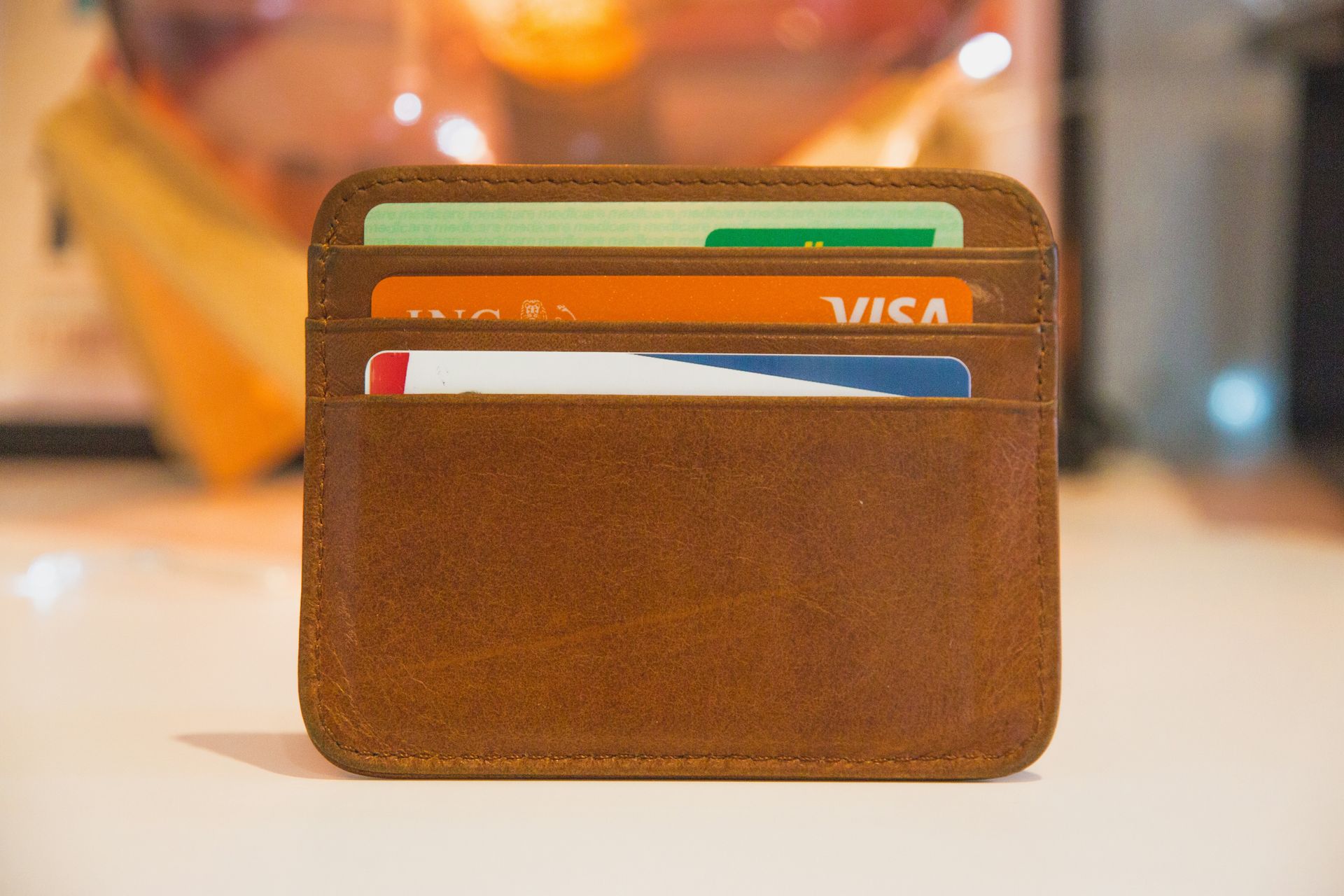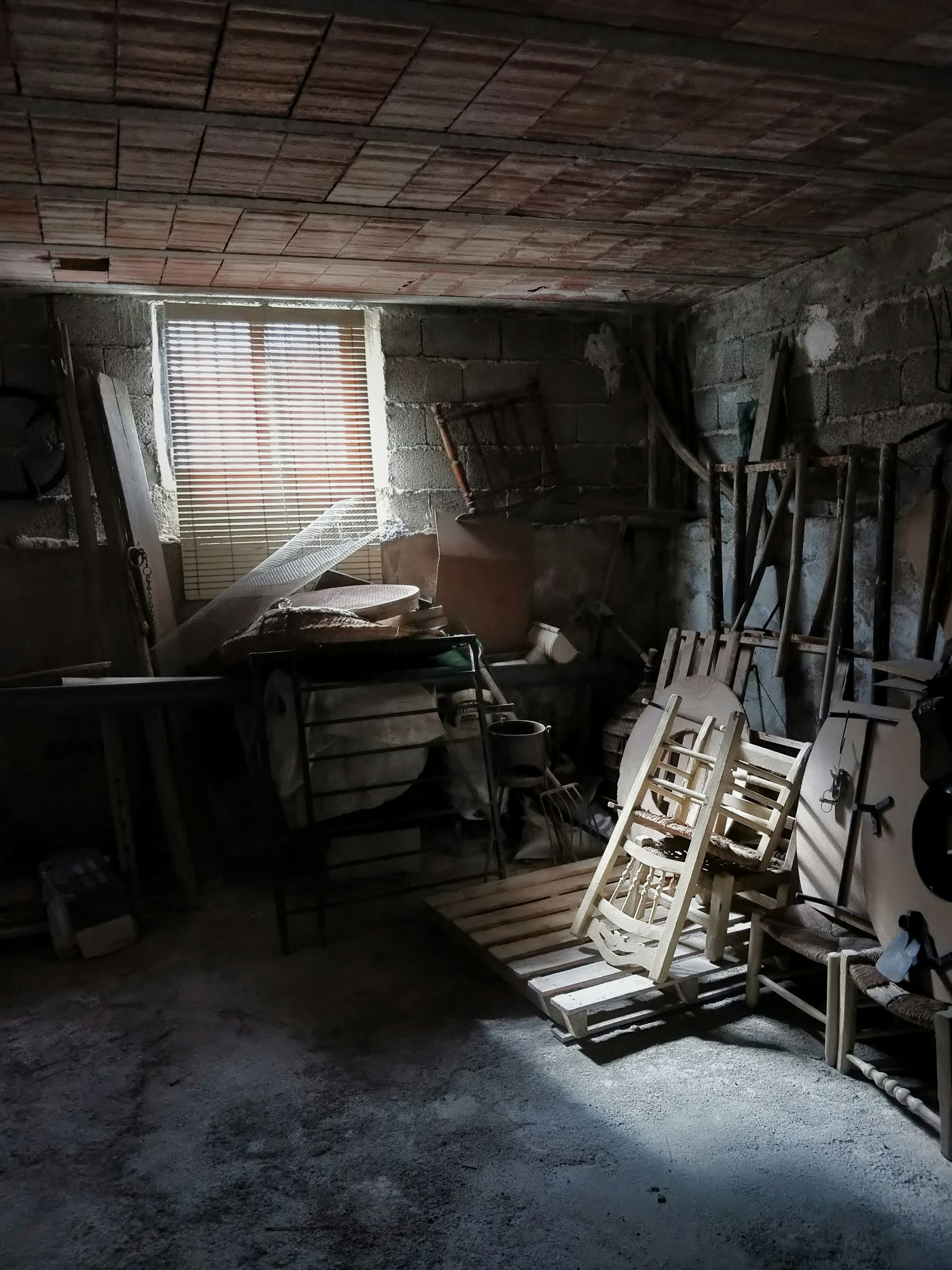How To Do an IRS 1031 Exchange
Also known as the best-kept secret in the U.S. tax code, a 1031 Tax-Deferred Exchange is leveraged to defer paying capital gains on one investment property when an investor replaces the property with another like-kind property. While it may sound like a complicated process, 1031 exchanges are much simpler than most people think. Here is how to do an IRS 1031 exchange.
Why Do an IRS 1031 Exchange?
An IRS 1031 Exchange is great for investors because it allows them to roll their equity from one property to another by delaying paying capital gains. It’s a proven way to build-long term wealth.
Boise is an excellent location for a 1031 exchange because our wonderful state is one of the most landlord-friendly states in the county. There is also a high-quality, long-term tenant base, low evictions, vacancy far below the national average, and virtually no regulations about how an investor can conduct business. Read about how landlord-friendly Idaho is from our past blog here.
How To #1: IRS 1031 Exchange Requirements
The IRS requires that the new property must be of the same kind as the old one by “the same nature or character.” This means they must be used for the same purpose, an excellent option for investors! Like-kind means the property has the same nature, character, OR classification as the old property. A “like kind” property could simply mean that both the property you sell and the property to buy are producing income. They don’t have to be the same type of property. For instance, you could sell farm land that you rent for others to work and use the proceeds to buy an apartment building. They could be considered alike simply because they both produce income.
The next requirement is the new property must be of equal or greater value than the old property. The critical thing to note here is it applies to mortgages too. So, both the value of the property and the mortgage on the property you’re buying must be equal or greater than the value and mortgage of the property you’re selling.
The following requirement, and hopefully obvious, is both properties need to be sold and bought by the same party or taxpayer. If the names are different, it will immediately invalidate the exchange. Read about all the requirements on our past blog, “IRS 1031 Exchange Requirements”, here.
How To #2: 1031 Exchange Timelines
Once you sell the old property, you have 45 days to choose three potential replacement properties. There are three methods of finding a strong replacement property: 3 properties, 200% rule, or 95% exception. Read about each specific strategy on our “IRS 1031 Exchange Timeline” blog here. By day 180 of selling the previous property, you must complete the exchange to receive a 100% of the tax deferment.
If you’re a real estate investor wanting to defer capital gains taxes, contact our team at Boise Turnkey Properties today. We would be honored to help you through the 1031 exchange process personally. Call us today at (208) 957-0870, email us at info@boiseturnkey.com, or fill out the form below.











